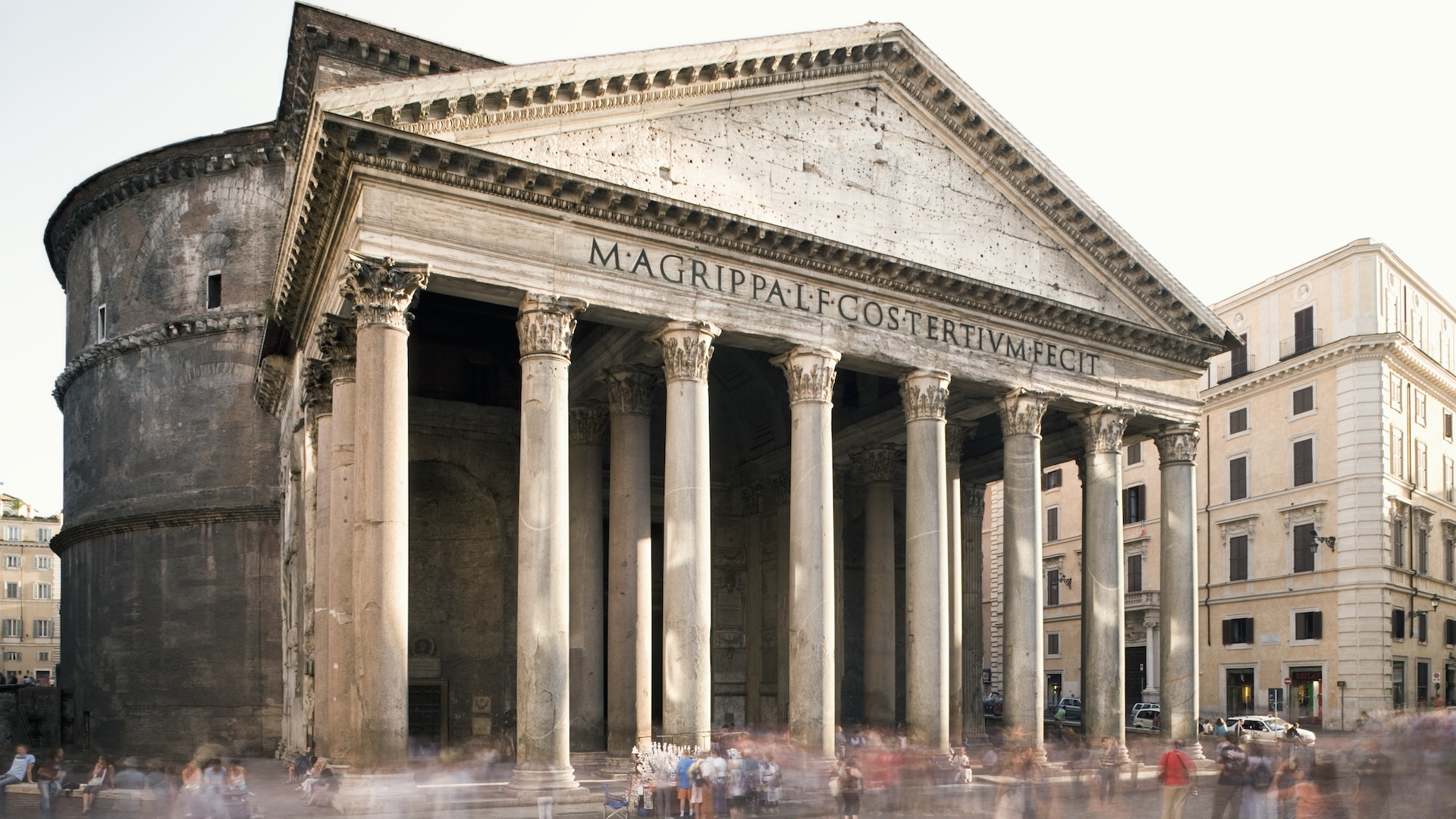When you purchase through links on our site , we may realize an affiliate commission . Here ’s how it crop .
archeologist have discovered ancient altars and inscribed marble slabs submerged along the Italian coast near Naples . The discovery are probable the cadaver of a 2,000 - year - one-time temple build by immigrant from Nabataea , an ancient kingdom on the Arabian Peninsula whoserock - carved " Treasury"featured in " Indiana Jones and the Last Crusade . "
However , the elaborate tabernacle was later lay to rest with a mix of concrete and broken pottery , possibly due to foreign traders leaving the area , according to a subject field published Sept. 12 in the journalAntiquity .

The submerged ancient warehouse district along the Pozzuoli coast.
" For me this was one of the most unexpected discoveries , " study first authorMichele Stefanile , a maritime archaeologist at the Southern Graduate School ( Scuola Superiore Meridionale ) , an education institute in Naples , tell Live Science in an email .
The temple sits off the coast of Pozzuoli , a township in the volcanic Campi Flegrei , about 10 land mile ( 16 kilometers ) east of Naples . In papist time , the urban center was have a go at it asPuteoliand was a tumid harbour where ships from all over theRomanworld dock to take in swop goods like food grain .
Volcanic activity over the centuries has significantly alter the coastline at Pozzuoli , submerging and preserve around 1.2 mile ( 2 klick ) of romish - era warehouses and other buildings relate with the ancient port district . artifact regain from the sea as far back as the eighteenth 100 suggest that there was a buried temple , but no one be intimate incisively where .

Examples of the altars and inscribed marble slabs found off the coast of Pozzuoli, Italy.
Related:2,000 - yr - old grave holding 12 skeletons find at Petra where ' Indiana Jones and the Last Crusade ' was shoot
In 2023 , researchers map the region ’s seafloor discovered two deluge rooms with Roman - mode walls . These wall , which valuate about 32 feet by 16 feet ( 10 by 5 meter ) , made up two large rooms . Two Lord’s table of clean marble were lean against the wall of one room . Both altar admit several orthogonal recesses , which in all likelihood once domiciliate sacred stones . Each of the suite also contained a marble slab with the Latin dedication " Dusari sacrum , " mean " consecrated to Dushara , " the independent god in the ancient Nabataean religion .
" It seems that we have a building dedicated to the Nabataean divinity , but with R.C. architecture and Latin dedication , " Stefanile said .

The archaeologists' map of their excavation of the Nabataean temple.
The Nabataean Kingdom reached from northern Arabia to the eastern Mediterranean . In the fourth to second hundred B.C. , the Nabataeans hold a growing patronage internet of luxury goods such as incense , gold , pearl and perfumes , accumulating huge wealth by the tardy first C A.D. The enormous tomb often called The Treasury at the Nabataean majuscule of Petra was built around that time .
" It take in perfect sentiency that the Nabataeans would be in Puteoli as a community of traders,“Steven Tuck , a Roman historiographer at Miami University in Ohio who was not involved in the study , told Live Science in an email . Puteoli was the secondly - large city and the independent harbor of Roman Italy at the time , Tuck say , and the " Nabataeans would have been drawn there and brought their spiritual exercise with them . "
Laurent Tholbecq , an archaeologist at Université libre de Bruxelles , assure Live Science in an email that " it is not surprising to see a synagogue to Dushara / Dusares , their main divinity , " at Puteoli . " It is widely translate that the Nabataeans benefitted from the Roman advance in the Near East until the creation of the Arabian responsibility under Trajan , " a Roman emperor butterfly who ruled from A.D. 98 to 117 , said Tholbecq , who was not imply in the study .

— 2,700 - yr - old temple with altar overflowing with precious stone - constellate offer unearth on Grecian island
— 1,800 - year - old altar to pagan god Pan conceal in a Byzantine church
— Ancient chancel used by Roman soldiers nearly 2,000 years ago discover in the Netherlands

After Nabataea was annex into the Roman Empire in A.D. 106 , the finish ’s control over the inland caravan trade wind in Arabia collapsed . The destruction of the synagogue at Puteoli may reflect that turbulent fourth dimension .
Stefanile and his team discover that the synagogue was purposefully buried in the 2nd century A.D. with a premix of concrete and broken clayware .
" Possibly after Trajan ’s conquest of Arabia in 106 A.D. , the Nabataeans had no more possibility of free trading in Puteoli , and they perhaps abandon the harbour , " Stefanile said .
















